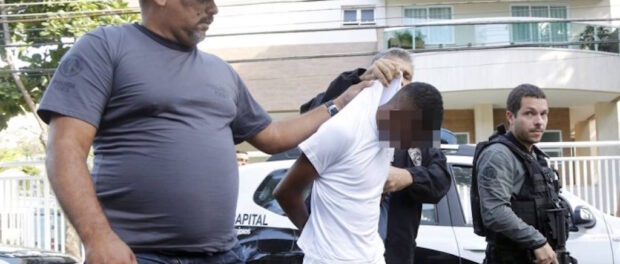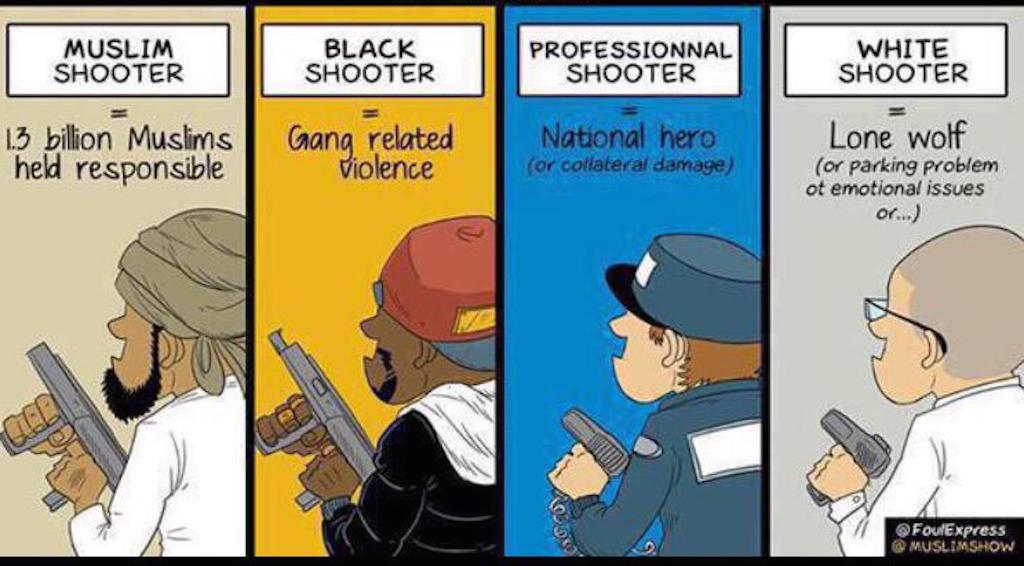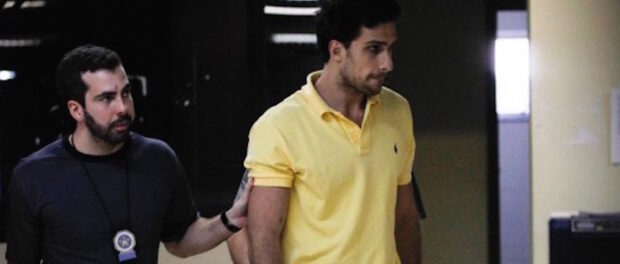
When Dylann Roof, a 21-year-old white man, allegedly killed nine African Americans at the Emanuel AME Church in Charleston on Wednesday, it took hours for national media to cover the story. The silence became a talking point across social media and was analyzed by Mic as US citizens struggled to discover details of the incident. Two days earlier, Afro-Brazilian Women’s advocacy group Geledés had published a similar analysis of media silence comparing the minimal coverage given to a young white, wealthy and connected perpetrator of a violent crime in Rio, in relation to a black minor alleged perpetrator on the same week.
The Mic piece shares Actor Rob Lowe’s tweet: “The media should be ashamed. 3 hours to get on air and then gives detailed suspect description WITHOUT mentioning his race.” Others have asked why the shooting has not been classified as an act of terrorism.

Over the past days op-eds and numerous tweets have expressed frustration over the racial double standard that has historically typified American media. Anthea Butler, Associate Professor of Religion and Africana Studies at the University of Pennsylvania argues that African Americans and Muslims “are quickly characterized as terrorists and thugs, motivated by evil intent instead of external injustices.” In contrast, she says, the white male shooter is described as “a lone, disturbed or mentally ill young man failed by society.” Regarding Dylann Roof, MSNBC anchor was reported to have said: “We don’t yet know his mental condition.”
The Brazilian public finds similar manifestations of media coverage in Rio de Janeiro. In Brazil, where race is even more tightly linked to class than in the US (the average income of white Brazilians is double that of black Brazilians), the news is commonly filled with stories of violence at the hands of poor black Brazilians while violence by white Brazilians goes under-reported.
The article published by Geledés emphasizes this racial double standard by comparing the media reaction of two separate cases that occurred recently in adjacent neighborhoods in the wealthy South Zone of Rio.
Last month, when a 16-year-old black boy from Manguinhos favela made national news for allegedly stabbing and killing white doctor Jaime Gold in the South Zone of Rio, the media was quick to condemn the boy, despite repeated denials of guilt. The incident was used as fuel for calls to reduce the age of criminal responsibility as social media erupted with vitriol against the alleged killer. Posts included: “This minor was arrested. He should have been killed.” The same commenter wrote about juvenile offenders: “these seeds of evil must be eliminated,” while another Facebook user declared: “these parents who want to have sex must use protection so they don’t put these vermin among us.”
According to O Globo, the alleged offender has steadfastly denied involvement in the crime and two other minors have since confessed to it. However, this has had little effect in stemming a premature media attack.
The official deputy of the case was quoted in the media at the time of arrest saying: “Two things caught my attention in this case. The coldness of the teenage offender and his cowardly manner, without any feeling for another human being.”
A few weeks later, when white, upper class José Phillipe Ribeiro de Castro was arrested for stabbing a young woman with a corkscrew and cutting off her fiancé’s ear, the public reaction was quite different.
José Phillipe is described by national channel Globo as “handsome, ‘born in a cradle of gold’ and with various diplomas.” His ex-girlfriend describes him as having a long history of jealousy and anger problems. From his career ambition to fights with his parents, his background is discussed thoroughly. The deputy responsible for the case is nonetheless quoted only for a muted response: “He must answer for this, regardless of his social class.”
José Phillipe has a criminal record of aggression and violence, was caught on video, and has confessed to the crime. However the image of a cold-hearted evil thug bestowed by mainstream and social media to the poor black minor is absent in his case.

The circumstances of the crimes of Roof and José Phillipe are quite different, however the media coverage of both cases has implied societal support. Roof’s racist anger finds sympathy in a state that still flies the confederate flag and a judge that equates the victimhood of Roof’s family to that of the nine people he killed. José Phillipe’s swagger reflects a society where social status and privilege allows bad behavior by a ‘rich white boy’ to continue with impunity. In both cases, these offenders are somehow seen as less maleficent for being white.
Yet while social media in the U.S. has been exploding with condemnations of the media after the Charleston shooting, the similar racial bias present in the media in Rio has yet to receive such widespread criticism. Brazil, still unaccustomed to discussing racial bias head on, approaches the subject somewhat like the officer photographed restraining the wild “playboy:” tentatively and reluctantly.
